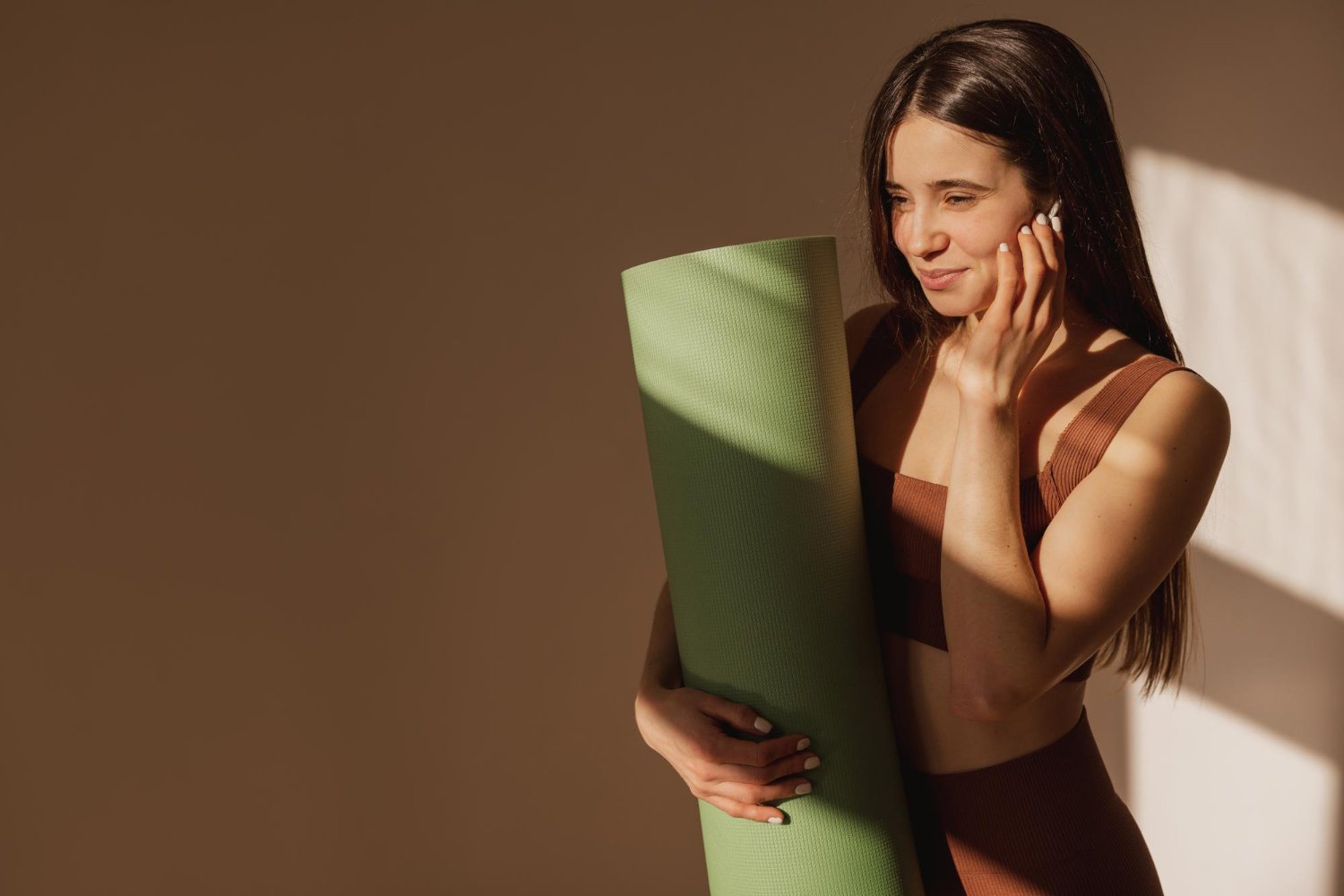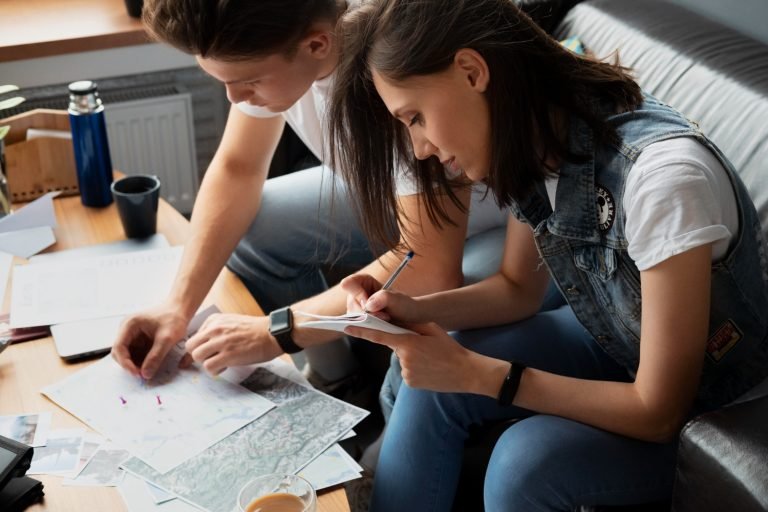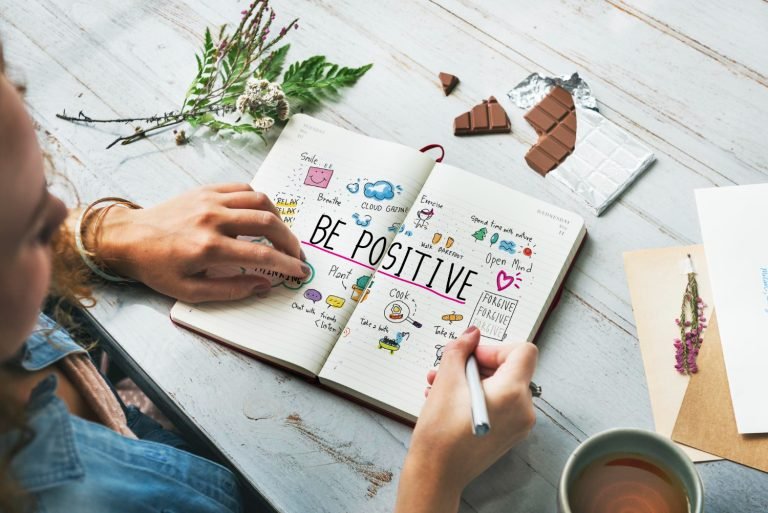Wall Yoga for Beginners: A Guide to Safe and Effective Practice

Wall yoga is a great way for beginners to get started with yoga. It is a modified form of yoga that uses a wall for support and stability. This type of yoga is perfect for those who are new to yoga or have limited mobility.
The wall provides a stable surface that allows beginners to focus on their form and alignment. It also helps to increase flexibility and strength, which are essential for any yoga practice. Wall yoga can be done at home or in a studio, and it is a great way to improve overall health and wellness.
In this article, we will explore the benefits of wall yoga for beginners. We will discuss the different types of poses that can be done with the help of a wall, as well as the proper techniques for each pose. Whether you are looking to improve your flexibility, strength, or overall health and wellness, wall yoga is a great way to get started.
Understanding Wall Yoga
Wall yoga is a practice that involves using a wall as a prop to deepen yoga poses and enhance their benefits. Practicing yoga against a wall allows you to find better alignment and stability, while also providing support to the body during poses that may otherwise be challenging.
The wall can be used as a tool to build a strong foundation for your yoga practice. It can help you understand the alignment of your body and how it relates to each pose. By using the wall, you can focus on the correct alignment of your body, which can help you avoid injuries and get the most out of each pose.
One of the benefits of wall yoga is that it can be done by yogis of all levels. Whether you are a beginner or an experienced practitioner, wall yoga can help you deepen your practice and achieve your goals.
In wall yoga, the wall serves as a guide for your body. It can help you feel the correct alignment of your spine, hips, and shoulders. It can also help you find the correct position for your feet and hands.
Wall yoga is a great way to deepen your practice and improve your alignment. By using the wall as a tool, you can build a strong foundation for your yoga practice and achieve your goals.
Benefits of Wall Yoga
Wall yoga is a great way for beginners to get started with yoga. It offers many benefits that can improve flexibility, increase strength, promote well-being, reduce stress, and improve mental health.
Improved Flexibility
Practicing against the wall can help improve flexibility. The wall provides support and stability, allowing practitioners to get deeper into certain stretches without compromising proper alignment or risking injury. This can help improve overall flexibility over time.
Increased Strength
Wall yoga can help increase strength by providing resistance and support. Practicing against the wall can help build strength in the arms, shoulders, and core. It can also help improve balance and stability, which can lead to increased strength in other areas of the body.
Well-being
Wall yoga can promote a sense of well-being by providing a safe and supportive environment for practitioners. It can help reduce anxiety and stress, and promote relaxation and mindfulness. Practicing against the wall can also help boost confidence and self-esteem, especially for beginners or those working on challenging poses.
Stress Relief
Wall yoga can help reduce stress by promoting relaxation and mindfulness. Practicing against the wall can help calm the mind and body, and reduce feelings of anxiety and tension. It can also help improve sleep and reduce symptoms of depression.
Mental Health
Wall yoga can have many positive effects on mental health. It can help reduce symptoms of anxiety and depression, and promote feelings of well-being and happiness. Practicing against the wall can also help improve focus and concentration, which can lead to improved mental clarity and cognitive function.
Generally, wall yoga is a great way for beginners to get started with yoga. It offers many benefits that can improve flexibility, increase strength, promote well-being, reduce stress and improve mental health.
Getting Started: Safety and Setup
Before starting a wall yoga practice, it is important to ensure that the practice area is safe and set up properly. This section will cover some basic safety tips and setup instructions for beginners to help prevent injury and maximize the benefits of wall yoga.
Safety
Safety is a top priority when practicing wall yoga. Here are some tips to help ensure a safe practice:
- Listen to your body: It is important to listen to your body and not push yourself too hard. If a pose feels uncomfortable or painful, stop immediately and adjust your position.
- Use props: Props such as blocks, straps, and blankets can help support your body and prevent injury.
- Avoid inversions: Inversions such as headstands and handstands should be avoided by beginners as they can be dangerous without proper instruction and supervision.
Setup
Setting up your practice area properly can help you get the most out of your wall yoga practice. Here are some tips for setting up your practice area:
- Find a sturdy wall: The wall should be sturdy and free of any obstructions. Avoid practicing near windows or doors.
- Use a yoga mat: A yoga mat can help provide traction and cushioning for your practice.
- Use props: Props such as blocks, straps, and blankets can help support your body and enhance your practice.
- Wear comfortable clothing: Wear comfortable, breathable clothing that allows you to move freely.
By following these safety and setup tips, beginners can enjoy a safe and effective wall yoga practice.
Basic Wall Yoga Poses
Wall yoga is a great way to deepen your practice and improve your alignment. Using the wall as a prop can help beginners find a solid foundation and provide support for more advanced poses. Below are some basic wall yoga poses that are perfect for beginners.
Mountain Pose (Tadasana)
Mountain pose is the foundation for all standing poses in yoga. It helps to align the body and improve posture. To do mountain pose at the wall, stand with your back against the wall and your feet hip-distance apart. Press your feet into the ground and lengthen through the crown of your head. Place your hands on your hips and draw your shoulder blades down and back.
Downward-Facing Dog (Adho Mukha Svanasana)
Downward-facing dog is a popular pose that stretches the hamstrings and calves while strengthening the arms and shoulders. To do this pose at the wall, stand with your back against the wall and your hands on the wall at shoulder height. Walk your feet back until your body is in an inverted V-shape. Press your hands into the wall and lengthen through the spine.
Legs Up The Wall (Viparita Karani)
Legs up the wall is a calming pose that helps to improve blood circulation and reduce stress. To do this pose, lie on your back with your legs up the wall and your hips close to the wall. Place a folded blanket or pillow under your hips for support. Rest your arms by your sides and close your eyes.
Chair Pose (Utkatasana)
Chair pose is a great way to strengthen the hips and lower back. To do this pose at the wall, stand with your back against the wall and your feet hip-distance apart. Bend your knees and slide your back down the wall until your thighs are parallel to the ground. Reach your arms up towards the ceiling and hold for several breaths.
Bridge Pose
Bridge pose is a gentle backbend that helps to improve flexibility in the lower back. To do this pose at the wall, lie on your back with your feet hip-distance apart and your knees bent. Place your feet against the wall and press into the wall as you lift your hips up towards the ceiling. Hold for several breaths and release.
These basic wall yoga poses are a great way to start your practice and improve your alignment. Remember to listen to your body and take breaks as needed. With regular practice, you’ll be able to deepen your practice and explore more advanced poses.
Advanced Wall Yoga Poses
For those who have already mastered the basics of wall yoga, there are several advanced poses that can challenge their balance, strength, and flexibility. In this section, we will explore three such poses: Handstand, Warrior III, and Revolved Hand-To-Big-Toe Pose.
Handstand
Handstand is an inversion pose that requires a great deal of upper body strength, balance, and alignment. To perform this pose against a wall, begin in Downward-Facing Dog with your feet about a foot away from the wall. Walk your feet up the wall until your hips are over your shoulders and your legs are straight up in the air. Press your hands into the floor and engage your core to lift your feet off the wall. Hold for several breaths before lowering down.
Warrior III
Warrior III, also known as Virabhadrasana III, is a balancing pose that strengthens the legs, core, and back. To perform this pose against a wall, stand facing the wall with your hands on the wall at shoulder height. Lift one leg off the floor and extend it behind you, keeping your hips level. Reach your arms forward and lengthen your spine. Hold for several breaths before switching sides.
Revolved Hand-To-Big-Toe Pose
Revolved Hand-To-Big-Toe Pose is a twisting pose that stretches the hamstrings and improves balance. To perform this pose against a wall, stand facing the wall with your feet hip-width apart. Lift one leg and place the foot on the wall, keeping the knee bent. Hold onto the ankle with one hand and reach the other hand up to the wall. Begin to straighten the bent leg and twist your torso towards the wall. Hold for several breaths before switching sides.
Remember to always listen to your body and only attempt advanced poses when you feel ready. Use the wall for support and alignment as needed, and don’t be discouraged if you can’t hold the pose for long at first. With practice, you will continue to improve your balance, strength, and flexibility.
Creating a Wall Yoga Sequence
When creating a wall yoga sequence, it is important to keep in mind the level of the students and their goals. A beginner sequence should focus on warming up the body, improving balance, increasing flexibility, and calming the mind.
To start, begin with a few warm-up poses such as cat-cow, thread the needle, and butterfly. These poses will help to loosen up the muscles and prepare the body for the rest of the sequence.
Next, incorporate balance poses such as tree pose, eagle pose, and warrior III. These poses will help to improve balance and stability, while also building strength in the legs and core.
For flexibility, include poses such as downward dog, forward fold, and pigeon pose. These poses will help to stretch the hamstrings, hips, and lower back, while also improving overall flexibility.
Finally, end the sequence with calming poses such as child’s pose, seated forward fold, and legs up the wall pose. These poses will help to calm the mind and reduce stress and anxiety.
It is important to remember that every student is different and may have different goals and needs. When creating a wall yoga sequence, it is important to listen to the body and modify poses as needed.
Breathing and Awareness in Wall Yoga
Breathing is an essential aspect of wall yoga. It helps to calm the mind, control emotions, and focus on the present moment. In wall yoga, the breath is used to deepen the stretch, release tension, and enhance the overall experience. Practicing mindful breathing during wall yoga can help to reduce stress, improve concentration, and promote well-being.
Awareness is another crucial element of wall yoga. It involves paying attention to the body’s sensations, thoughts, and emotions. Practicing awareness during wall yoga can help to identify areas of tension, release stress, and improve flexibility. By becoming more aware of the body, practitioners can deepen their practice and achieve greater benefits.
During wall yoga, practitioners should focus on their breath and be aware of their body’s sensations. They should inhale deeply through the nose and exhale slowly through the mouth. This slow, controlled breathing can help to calm the mind and relax the body. It can also help to release tension in the muscles and improve flexibility.
Practitioners should also be aware of their body’s sensations during wall yoga. They should pay attention to any areas of tension or discomfort and adjust their posture accordingly. By becoming more aware of their body, practitioners can deepen their practice and achieve greater benefits.
In conclusion, breathing and awareness are essential aspects of wall yoga. Practicing mindful breathing and awareness can help to reduce stress, improve concentration, and promote well-being. By focusing on the breath and being aware of the body’s sensations, practitioners can deepen their practice and achieve greater benefits.
Learning from Yoga Teachers and Resources
When it comes to learning wall yoga, there are many resources available to beginners. One of the best ways to learn is from a certified yoga teacher who can provide guidance and instruction on proper alignment and technique. Yoga teachers can also offer modifications for poses to accommodate any injuries or limitations.
In addition to in-person classes, there are also many online resources available for learning wall yoga. One popular option is the Outside+ app, which offers a variety of yoga classes and tutorials for all levels, including wall yoga. The app also allows users to track their progress and set goals for their practice.
Another great resource for learning wall yoga is creativity. While it is important to learn proper alignment and technique, there is also room for creativity and exploration in your practice. Don’t be afraid to try new poses or modify existing ones to suit your body’s needs.
Whether you choose to learn from a yoga teacher, an app or your own creativity, there are many resources available for beginners to learn wall yoga. By taking the time to learn proper technique and alignment, and exploring your own creativity, you can build a strong foundation for a lifelong yoga practice.
Frequently Asked Questions
What are some common postures used in wall yoga?
Wall yoga is a form of yoga that uses a wall as a prop to support and deepen yoga postures. Common postures used in wall yoga include downward dog, standing forward fold, warrior II, and half moon pose. These postures can be modified and adapted to suit the needs and abilities of individual practitioners.
What are the benefits of practicing yoga with the support of a wall?
Using a wall in yoga practice can provide a range of benefits for beginners. It can help to improve alignment, increase stability, deepen stretches, and provide support for those with limited mobility. Practicing yoga with the support of a wall can also help to build strength, flexibility, and balance.
Are there any precautions beginners should take before trying wall yoga?
Beginners should take some precautions before trying wall yoga. It is important to listen to your body and not push yourself too hard, especially if you have any pre-existing injuries or conditions. It is also important to warm up properly before practicing and to use props such as blocks and straps as needed to support your practice.
Can wall yoga be modified for seniors or those with limited mobility?
Yes, wall yoga can be modified and adapted to suit the needs of seniors or those with limited mobility. Wall yoga can provide support and stability for those who may have difficulty with balance or standing postures. It can also be practiced in a seated or reclined position, making it accessible for those with limited mobility.
What are some resources for learning wall yoga at home?
There are many resources available for learning wall yoga at home. Online yoga classes, instructional videos, and yoga apps can provide guidance and support for beginners. It is important to choose a reliable and experienced teacher or resource to ensure safe and effective practice.
Is wall yoga effective for building core strength?
Yes, wall yoga can be effective for building core strength. Many wall yoga postures engage the core muscles, helping to build strength and stability in the abdominal and lower back muscles. Practicing wall yoga regularly can help to improve overall core strength and stability.





